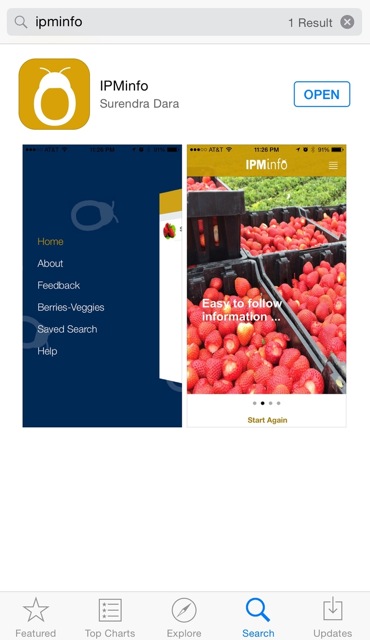Celebrate National Ice Cream Month!
Celebrate National Ice Cream Month with California Ice Cream and Flavors!
By Lauren Dutra, NAFB Summer Intern and Assistant Editor
First established in 1984 by Ronald Reagan, the 40th President of the United States, National Ice Cream Month was scheduled for the month of July, with the third Sunday of the month designated as National Ice Cream Day.
Jennifer Giambroni, director of communications, California Milk Advisory Board, explained why Californians, in particular, have so much to celebrate during National Ice Cream Month. “As the number one ice cream state,” she said, “we produce 126 million gallons of ice cream a year.”
“That’s a lot of scoops!“
California also leads the nation in milk production, and 99 percent of dairies in the state are family-owned. Including milk production on farms and milk processing, the California dairy industry, supports about 190,000 jobs in the California economy and contributed about $21 billion in economic value added in 2014, according to “Contributions of the California Dairy Industry to the California Economy,” by the University of California Agricultural Issues Center (May 14, 2015).
Ice cream, being both timeless and innovative, has evolved in flavors and varieties over the years, according to Giambroni, while still holding true to the traditional treat you grew up with as a kid. “Ice cream is an important category that represents a lot of the milk produced on California’s more than 1,400 family dairy farms and carry the Real California Milk seal,” she noted.
“We’re seeing adult-friendly milkshakes with the addition of spirits, ice cream sandwiches made with more than cookies, and sundaes with everything from balsamic vinegar reductions to red bean paste,” Giambroni elaborated. Other new ice cream trends include hyper-indulgent flavor combinations, including nuts and fruits grown in California, and “better for you” versions with probiotics, varying levels of fat and sugar, added calcium, lactose-free, and different kinds of oils. “We’re loving the olive oil and walnut oil ice creams for their subtle flavors,” Giambroni noted.
Approximately 12 pounds of Real California Milk are used to make just one gallon of California ice cream.
The California Milk Advisory Board works with bloggers on how to incorporate ice cream into events for children of all ages:
TomKat Studio – DIY Ice cream Sandwich Bar
Hostess with the Mostess – Healthy Milkshake Bar
Hostess with the Mostess – How to Set Up a Cocktail Milkshake Bar
Hostess with the Mostess – Kids Sundae Party
Check it out:
Rick’s Ice Cream–Blue Moon-A fruit loops tasting ice cream with super-secret natural ingredients
McConnell’s Boysenberry Rosé Milk Jam–Central Coast, grass-fed milk & cream and cane sugar, slowly-simmered to a thick, rich and decadent milk jam – then churned into house-made, boysenberry & rosé wine preserves.
Breyer’s Strawberry Ice Cream-packed with sun-ripened California strawberries picked at the peak of happiness!
Gilroy Garlic Festival Garlic Ice Cream-July 29-31, 2016





















